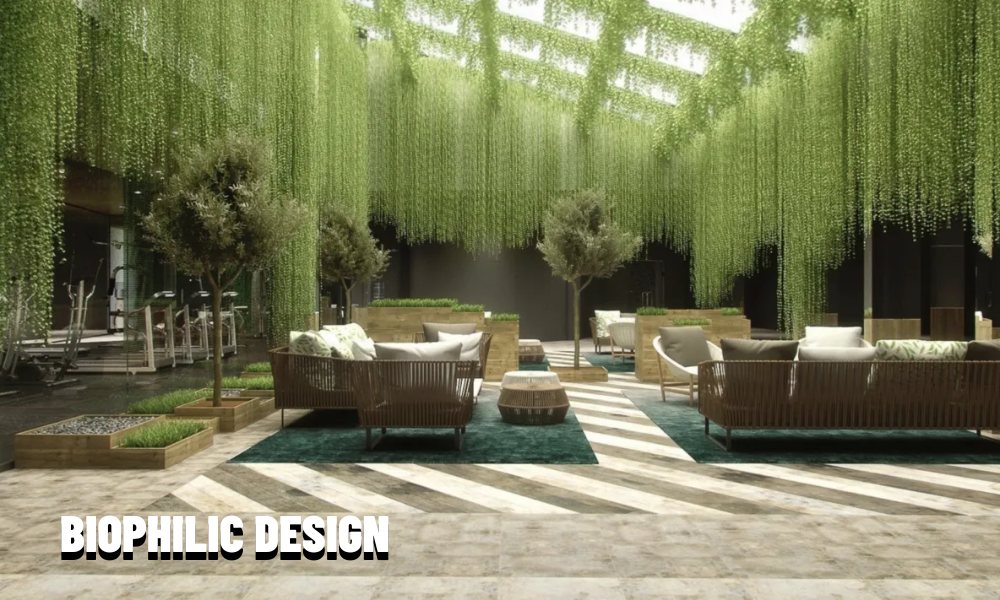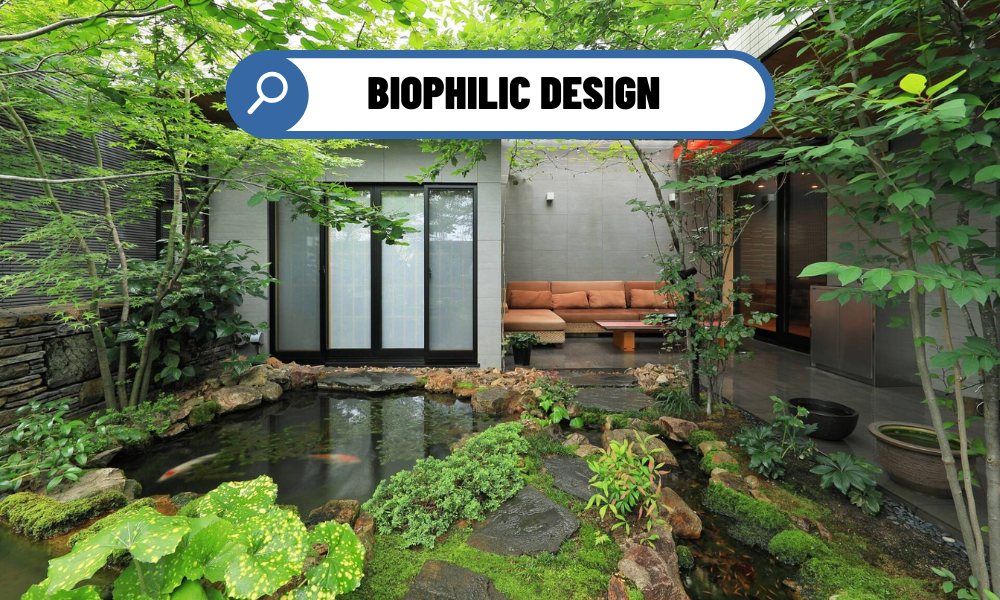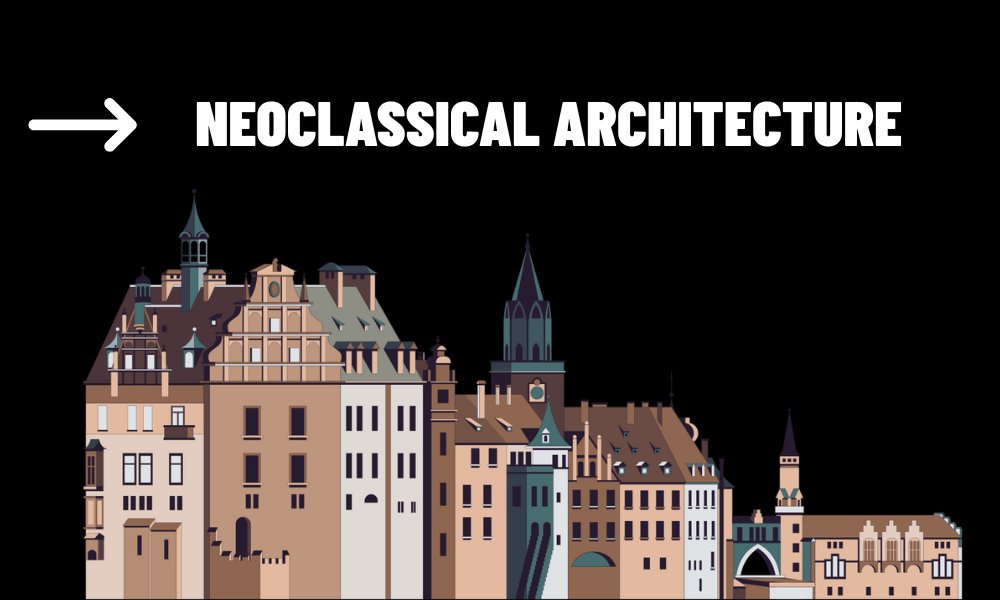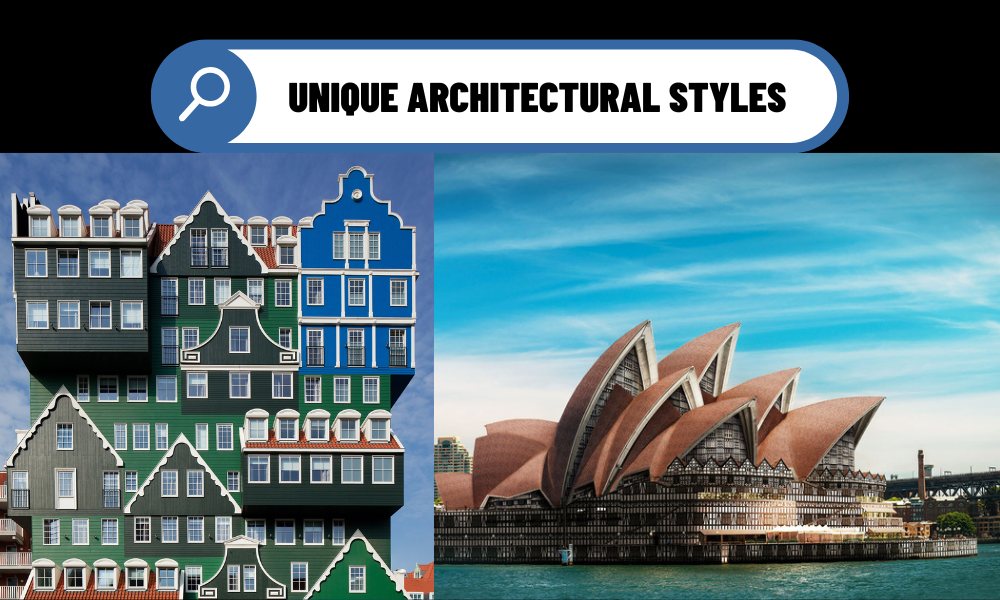n the realm of modern architecture and smart home design, biophilic design has become a buzzword, not just for its aesthetic appeal, but also for its profound impact on the well-being of residents. The concept, rooted in the idea that humans have an inherent connection to nature, brings the outdoors inside—both literally and metaphorically. As more homeowners prioritize health, sustainability, and a sense of connection to the natural world, biophilic design is emerging as a vital trend in contemporary home design.
This article will explore the principles of biophilic design, its impact on modern homes, and how it integrates with smart home technology to create spaces that foster comfort, productivity, and overall well-being.
Contents
What is Biophilic Design?
Biophilic design refers to a design approach that integrates natural elements into built environments, emphasizing human-nature connection. Derived from the word “biophilia,” which means “love of life or living systems,” biophilic design taps into our innate affinity for nature and seeks to make nature a part of everyday life.
The goal is to create spaces that feel alive, vibrant, and full of natural light, air, and textures. The design incorporates various natural elements such as plants, natural light, water features, and organic materials like wood, stone, and bamboo. These elements not only improve the aesthetic quality of a home but also promote physical and mental health by reducing stress, improving air quality, and increasing overall comfort.

Principles of Biophilic Design
Biophilic design is based on several key principles that architects and designers use to incorporate nature into the built environment. Some of the most important aspects include:
- Natural Light and Ventilation:
Maximizing natural light is one of the most important aspects of biophilic design. By introducing large windows, skylights, and glass walls, designers can allow more sunlight to enter the home, enhancing mood, productivity, and circadian rhythms. Natural ventilation is also a key principle, allowing for fresh air flow throughout the space.
- Connection to Outdoor Spaces:
Biophilic design emphasizes seamless transitions between indoor and outdoor spaces. This can include large glass doors that open to outdoor patios, gardens, or balconies. The goal is to blur the line between indoor living and the natural world, so homeowners can enjoy nature without leaving their homes.
- Use of Natural Materials:
Materials such as wood, stone, cork, and bamboo are commonly used in biophilic design. These materials evoke a sense of the outdoors and are known for their ability to bring warmth and comfort to a space. Additionally, natural materials help improve indoor air quality by regulating humidity and creating a healthier living environment.
- Indoor Plants and Greenery:
Incorporating plant life into the home is perhaps the most recognizable feature of biophilic design. Plants not only enhance the visual appeal of a space but also improve air quality by absorbing carbon dioxide and releasing oxygen. Indoor plants can also reduce stress and increase cognitive function, making them an essential part of the design philosophy.
- Water Features:
The sound of flowing water has a calming and soothing effect on the human psyche. Water features, such as indoor fountains, ponds, or even small aquariums, are a significant part of biophilic design, providing sensory stimulation and contributing to a peaceful environment.
- Views of Nature:
Providing unobstructed views of nature, whether it’s a garden, forest, or city skyline, is an important principle. Homes designed with this in mind often feature strategically placed windows, balconies, or terraces that encourage a connection to the outdoor world.
How Biophilic Design Fits with Smart Homes
The synergy between biophilic design and smart home technology is undeniable. While biophilic design focuses on creating environments that nurture the human connection to nature, smart home technology enhances the comfort, efficiency, and functionality of these spaces. When combined, these two design philosophies result in living environments that are both aesthetically pleasing and highly functional.
Here are a few ways biophilic design and smart home technology complement each other:
Smart Lighting Systems:
A core component of biophilic design is natural light, and smart lighting systems can complement this by mimicking the patterns of natural sunlight. For example, automated lighting can adjust throughout the day to mimic the sun’s position, enhancing the circadian rhythms of the inhabitants. Some systems even change the color temperature to simulate daylight during the morning hours and warmer hues in the evening.
Automated Climate Control:
Biophilic design often involves maximizing natural ventilation, but smart systems can optimize this. Automated HVAC systems can adjust to maintain a comfortable indoor climate by detecting temperature and air quality. In combination with natural ventilation, smart thermostats can ensure energy efficiency while maintaining fresh air circulation.
Indoor Air Quality Monitoring:
One of the benefits of biophilic design is its ability to improve indoor air quality by incorporating plants and natural materials. However, smart home devices like air purifiers and sensors can further monitor and optimize the air quality, detecting pollutants and adjusting ventilation accordingly.
Integration with Nature-Inspired Smart Features:
Smart home systems can enhance the biophilic design by integrating natural aesthetics into everyday life. For instance, voice-controlled systems can manage lighting, temperature, and entertainment, allowing homeowners to easily adjust their environment to suit their needs while remaining connected to nature. Additionally, smart irrigation systems can help care for indoor plants or garden areas, ensuring they thrive without requiring constant manual attention.
Benefits of Biophilic Design in Smart Homes
Numerous studies have shown that spending time in natural environments reduces stress, improves mood, and enhances cognitive function. Biophilic design brings these benefits into the home by creating spaces that promote mental and physical well-being.
With elements such as natural light and green spaces, homes designed with biophilic principles can enhance creativity, focus, and overall productivity, making them ideal for remote work setups in smart homes.
By integrating natural elements into a home’s design, homeowners can enjoy a more comfortable and harmonious living space. Whether it’s the calming effect of plants or the ability to open a window for fresh air, biophilic design helps create a more pleasant environment.
Sustainability and Energy Efficiency:
Biophilic design also aligns with sustainability goals. Incorporating natural ventilation, sustainable materials, and energy-efficient lighting can reduce a home’s environmental footprint. When combined with smart technology that monitors and optimizes energy use, biophilic homes can be both eco-friendly and highly efficient.
Biophilic design is more than just a trend; it’s a transformative approach to creating living spaces that foster a deeper connection with nature, enhance well-being, and support sustainable living. In the context of smart homes, this design philosophy is a perfect match, as it combines the benefits of nature with the comfort and efficiency of modern technology. As homeowners increasingly look for ways to integrate nature into their living environments, biophilic design is poised to play a central role in the homes of the future.



